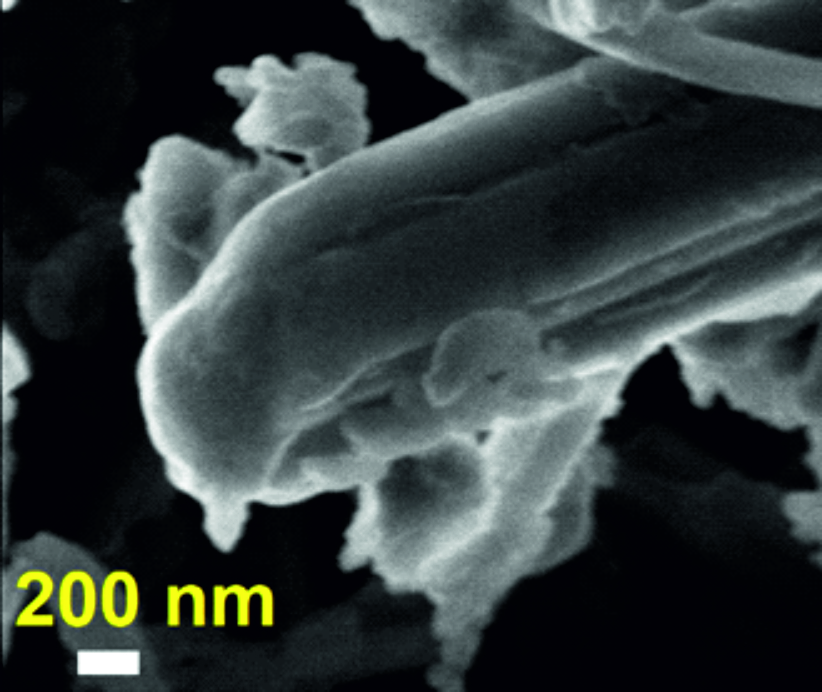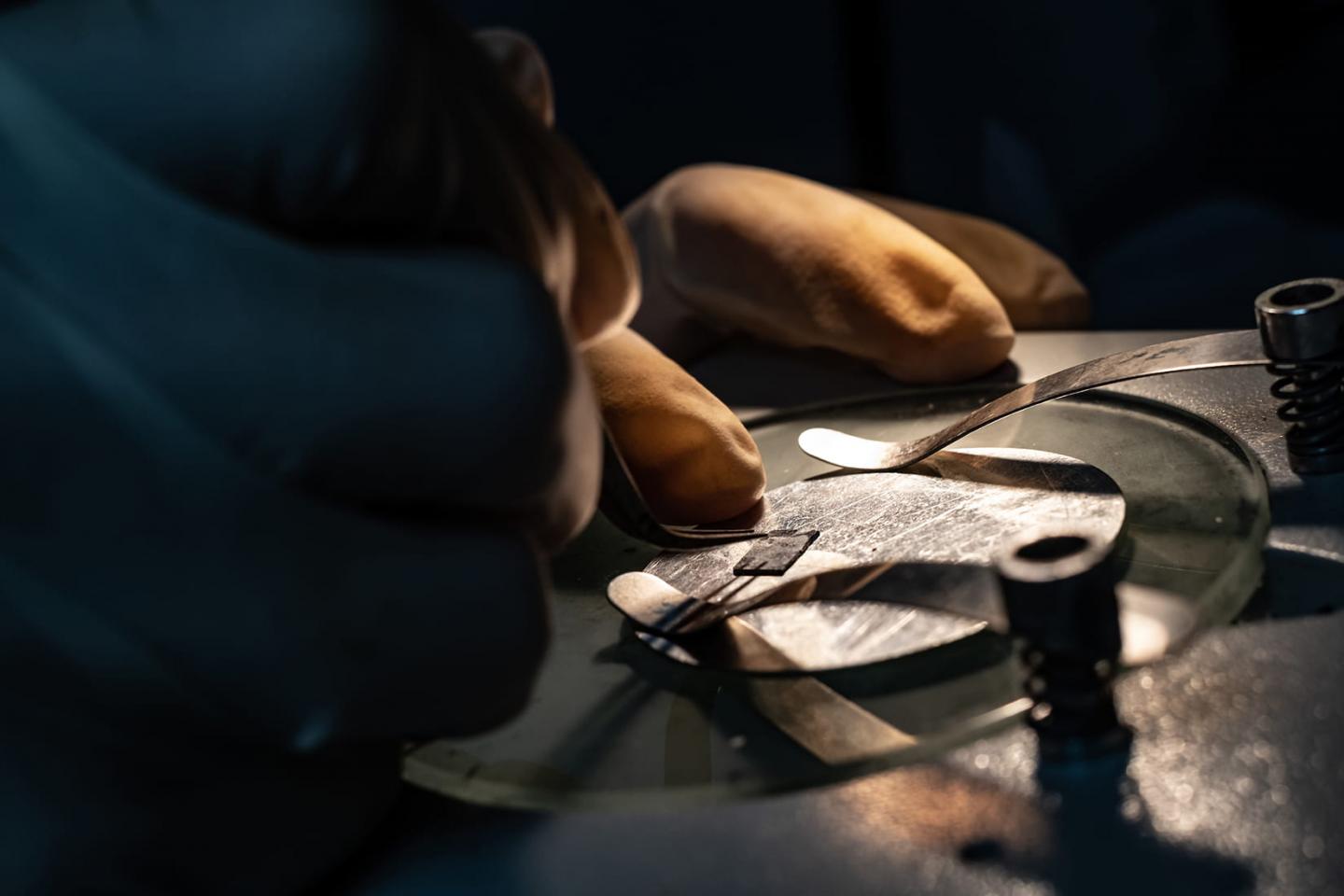Here we present our 10 highest scoring articles via their Altmetric score in 2019 (as of January 2020).
Altmetric tracks article mentions on social media, discussions on research blogs, mainstream media coverage, bookmarks on reference managers like Mendeley, Wikipedia cites and more. Altmetrics capture online attention surrounding an article but they're neither an indicator of scientific quality nor a guarantee of citations.
Altmetrics provide a rapid and diverse indication of an article's impact, measuring influence in ways that would be missed if looking at traditional citations alone.
1. Evidence for phospholipid export from the bacterial inner membrane by the Mla ABC transport system
With an altmetric score of 118, this paper from Nature Microbiology challenged the established thinking about how bacteria maintain the structure of their outer membrane, using results supported by work on INTER. Read our science highlight of the work here.
DOI:10.1038/s41564-019-0481-y
2. Reversible coordinative binding and separation of sulfur dioxide in a robust metal–organic framework with open copper sites
This work, published in Nature Materials developed, and characterised using TOSCA, a new material that can reversibly adsorb sulfur dioxide from waste gas streams. We covered the article as a science highlight, and it currently has an altmetric score of 92.
Left: Illustration of sulfur dioxide captured within the material, MFM-170
DOI:10.1038/s41563-019-0495-0
3. The rapid electrochemical activation of MoTe2 for the hydrogen evolution reaction
Diffraction measurements on GEM were used in this paper from Nature Communications, which highlighted the importance of subtle changes in the electronic structure of a material, and how this can impact its catalytic activity. It's altmetric score is currently 78.
DOI:10.1038/s41467-019-12831-0
 4. Flexible and Ultrasoft Inorganic 1D Semiconductor and Heterostructure Systems Based on SnIP
4. Flexible and Ultrasoft Inorganic 1D Semiconductor and Heterostructure Systems Based on SnIP
This work from Advanced Functional Materials, featured in our 2019 Annual Review, has an altmetric score of 64. High-resolution inelastic neutron scattering measurements on TOSCA were used to investigate the physical properties of pure SnIP, the first atomic‐scale double helical semiconductor, and SnIP-like systems with differing chemical composition.
Right: He-ion
microscope picture of a SnIP needle enwrapped in a C3N4
shell.
DOI:10.1002/adfm.201900233
5. Liquid–liquid phase separation morphologies in ultra-white beetle scales and a synthetic equivalent
Our Offspec beamline was used to characterise the wing scales of the Cyphochilus beetle, to investigate how to mimic one of the brightest whites in nature. The work, published in Communications Chemistry, featured as an STFC science highlight, and follows on from previous work on polar bear fur. It has scored 58 so far on altmetric.
DOI:10.1038/s42004-019-0202-8
 6. Anisotropic spin fluctuations in detwinned FeSe
6. Anisotropic spin fluctuations in detwinned FeSe
Although it was previously thought of as a distinctive superconductor, researchers from Rice University used the MAPS instrument at ISIS, alongside other international facilities, to show that iron selenide operates in the same way as other iron-based superconductors. We covered their publication in Nature Materials as a science highlight in August, and it has an altmetric score of 53.
Left: Tong Chen, a Rice PhD student "detwinned" iron selenide crystals by gluing them atop much larger crystals of barium iron arsenide. Using a 2014 method developed at Rice, the larger crystals are placed under pressure and detwinned, causing the smaller iron selenide crystals to also snap into alignment. Credit: Jeff Fitlow/Rice University
DOI:10.1038/s41563-019-0369-5
7. Two-dimensional spin liquid behaviour in the triangular-honeycomb antiferromagnet TbInO3
A team of researchers from the University of Liverpool and McMaster University observed unusual magnetic behaviour in the perovskite-related metal oxide TbInO3 using HRPD, MuSR and EMU at ISIS. Their work has scored 52 on altmetric since its publication in Nature Physics and also featured as an ISIS Science Highlight.
DOI:10.1038/s41567-018-0407-2
8. Water dynamics in MCF-7 breast cancer cells: a neutron scattering descriptive study
This work, from Scientific Reports and with an altmetric score of 51, shows that neutron spectroscopy (in this case, on TOSCA) combined with thermal analysis provides new insight on cellular water motions within living human breast cancer cells on the sub-micrometric length scale and the sub-nanosecond time scale .
DOI:10.1038/s41598-019-45056-8
 9. Dye‐Sensitized Solar Cells: Design‐to‐Device Approach Affords Panchromatic Co‐Sensitized Solar Cells
9. Dye‐Sensitized Solar Cells: Design‐to‐Device Approach Affords Panchromatic Co‐Sensitized Solar Cells
This article, in Advanced Energy Materials, reports on a new approach to finding new, organic light-harvesting chemicals to make solar panels that are both more effective at creating electricity and are environmentally friendly. After using this technique to choose five candidates, experiments at the Materials Characterisation Lab here at ISIS observed how the working electrodes of the solar cells operate at the molecular scale. Their article now has a score of 48 on altmetric, and was covered as an STFC highlight. The paper also featured on the publication's cover - designed by Helen Towrie (CLF, STFC) - Credit.
DOI:10.1002/aenm.201970014
10. A New Class of Low Surface Energy Anionic Surfactant for Enhanced Oil Recovery
Scientists from Swansea University used LOQ to investigate a new and, potentially, ‘greener’ way to extract oil that might otherwise remain trapped deep within rocks. With a score of 35 on altmetric, this article completes our top 10, and you can read our science highlight piece on the work here.
DOI: 10.1021/acs.energyfuels.9b00391
